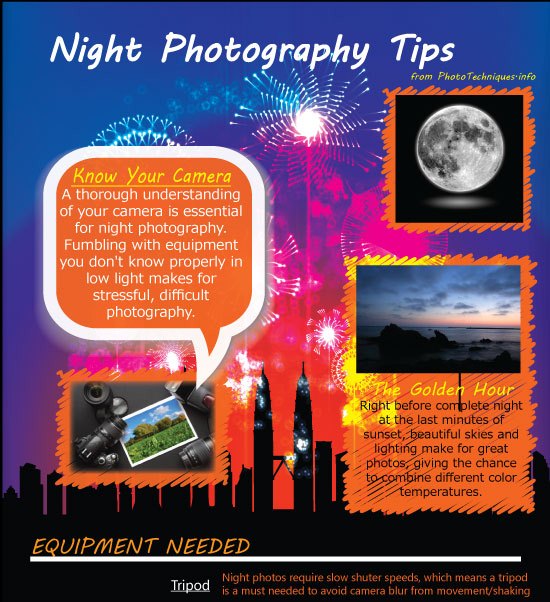Digital Photography Tips For Beginners: Understanding Your Electronic Camera In A Snap
Digital Photography Tips For Beginners: Understanding Your Electronic Camera In A Snap
Blog Article
https://squareblogs.net/adolfo570daina/how-to-select-the-right-electronic-camera-for-your-photography-needs -Barrett Fuentes
When you initially pick up your cam, it can really feel frustrating with all the settings and choices readily available. You might find yourself asking yourself exactly how to browse aperture, shutter rate, and ISO properly. Grasping these principles is important, yet there's even more to digital photography than just technical knowledge. Recognizing make-up techniques and illumination problems can raise your photos substantially. So, what if you could learn easy techniques to improve your abilities and begin recording outstanding photos faster than you think? Allow's check out exactly how to transform your digital photography trip.
Comprehending Electronic Camera Settings
Recognizing your electronic camera settings is important for catching spectacular images. When you grab your cam, familiarize on your own with the three main setups: aperture, shutter rate, and ISO. Each plays a crucial role in how your pictures turn out.
Beginning with aperture, which regulates the quantity of light getting in the lens. A wider aperture (lower f-number) lets in more light and creates a beautiful background blur, excellent for pictures. On the other hand, a narrower aperture (greater f-number) maintains more of the scene in focus, suitable for landscapes.
Next, focus on shutter rate. This setup identifies for how long your cam's sensing unit is subjected to light. what is it worth up movement, which is fantastic for activity shots, while a slow shutter rate can develop stunning results like smooth water in landscapes.
Lastly, change your ISO. This setup affects your camera's level of sensitivity to light. A higher ISO serves in low-light situations yet can introduce noise or grain. Aim for the most affordable ISO feasible while still accomplishing appropriate direct exposure.
Structure Methods
When you're out capturing, make-up can make all the difference in just how your images reverberate with customers. Start by utilizing the regulation of thirds; envision your structure split into nine equal areas with two horizontal and two upright lines. Placement crucial elements along these lines or at their intersections to develop balance and interest.
Next, think about leading lines. These natural lines in your scene, like roadways or rivers, draw the visitor's eye right into the photograph, leading them with the tale you're telling.
Do not ignore mounting; use components within your scene, like trees or home windows, to create a framework around your topic, including deepness and focus.
Likewise, keep an eye on your background. A chaotic history can distract from your major topic, while a basic one aids it attract attention.
Last but not least, trying out balance and patterns; they can produce a striking image that records interest.
Learning Illumination Issues
Grasping illumination conditions is important for catching magnificent photos, as the appropriate light can change a normal scene into something remarkable.
Start by observing all-natural light at different times of the day. Early mornings and late afternoons offer the most effective light, known as the gold hour. The soft, warm tones throughout these times can improve your images beautifully.
Do not avoid overcast days either; diffused light can reduce rough shadows and develop a pleasing effect, particularly for portraits.
Explore backlighting by positioning your topic versus the source of light. This method can create a wonderful halo effect and include deepness to your photos.
Pay attention to your camera setups too. Readjust the ISO, aperture, and shutter rate to fit the lighting conditions. A greater ISO can help in reduced light, however be cautious of grain.
Make use of a tripod in darker settings to avoid blur.
Last but not least, do not forget artificial illumination. https://www.adorama.com/alc/basic-landscape-photography-tips and constant lights can be fantastic tools for controlling light in tough conditions.
Conclusion
To conclude, mastering your video camera does not need to be frustrating. By comprehending your setups, using make-up techniques, and harnessing the power of all-natural light, you'll quickly raise your photography skills. Remember, practice makes excellent, so get out there and experiment with your newly found understanding. With time and devotion, you'll be recording magnificent images that show your special perspective. Delight in the trip, and don't forget to have a good time while you go to it!
